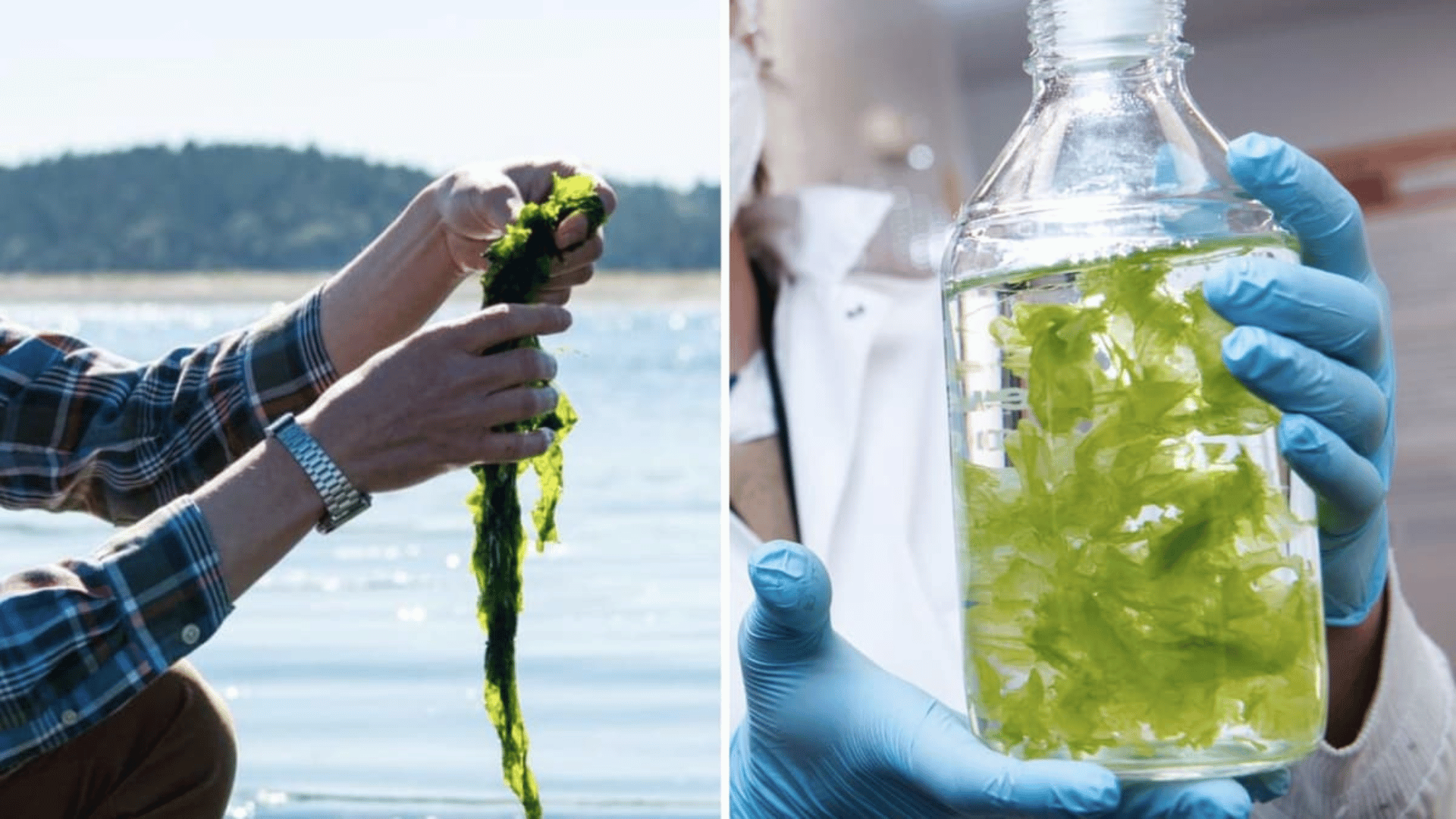A new U.S. study suggests that seaweed could be a means of extracting rare earth minerals that power electronics, vehicles, and buildings. This is possible because seaweed holds these minerals inside its leaf-like tissues.
Seaweed Holds Rare Earth Minerals

According to Interesting Engineering, the Pacific Northwest National Laboratory (PNNL) research team recently extracted critical mineral content from seaweed biomass. The team has been growing species of seaweed to uncover different methods of extracting minerals like neodymium, which is typically only found through underground mining.
“The ocean is the single largest source of a lot of critical minerals we need for high-tech applications,” said Michael Huesemann, principal investigator on the biomining work at PNNL’s Sequim laboratory in Washington State.
“If we’re able to tap seawater and do it in a way that’s responsible, that potentially allows for a domestic source of critical materials.”
In some instances, the concentration of these essential minerals is more than one million times greater in seaweed than that found in the ocean. Researchers have also noted that different species of seaweed contain different concentrations of various minerals.
For example, a type of brown seaweed called Fucus contains high concentrations of nickel in its tissues. According to a press release, the researchers ultimately found that a green, leafy seaweed called Ulva is the best at concentrating several critical minerals.
After growing seaweed, researchers ground it into a paste and mixed it with an acidic liquid that can break off whatever mineral they’re aiming for. Acidic liquids, also known as “lixivants”, are used for standard ore mining to extract minerals from rocks.
The mixture is also subjected to high temperatures to help break chemical bonds. The goal of the original experiments was to extract at least 50 percent of the critical mineral content from the seaweed biomass. The researchers experimented with different lixiviants and temperatures to achieve this goal.
Seaweed could become a viable source of these minerals as it grows fast, doesn’t need fresh water, and can be repurposed for biofuel feedstock or bio-products once the minerals have been extracted.







